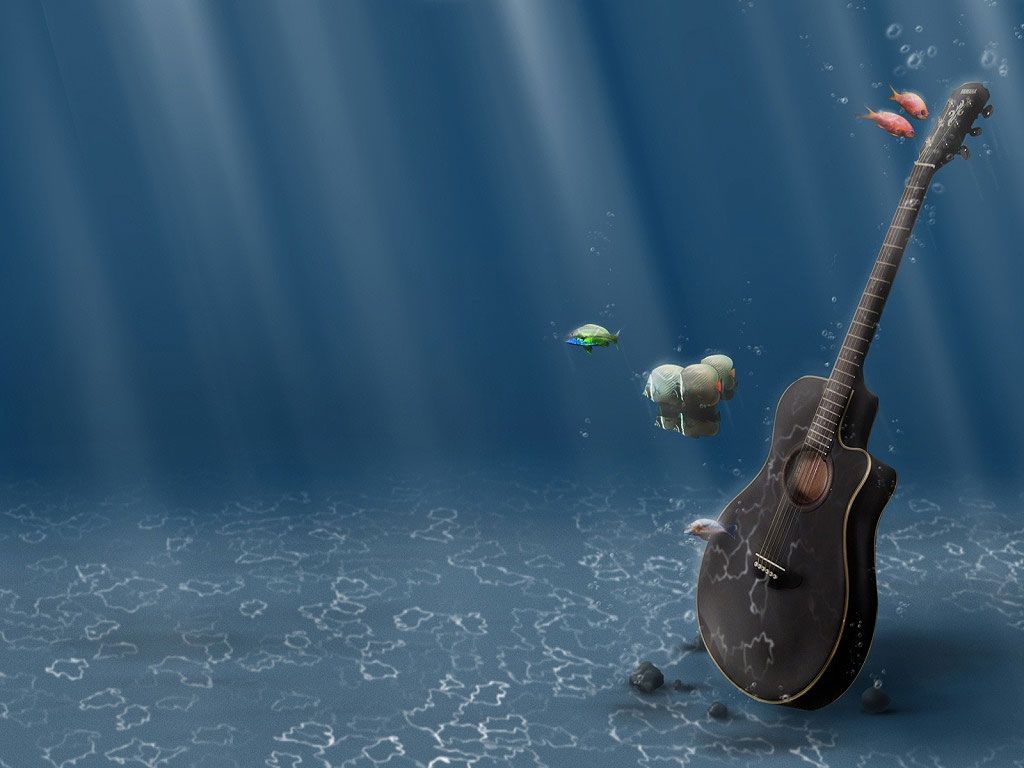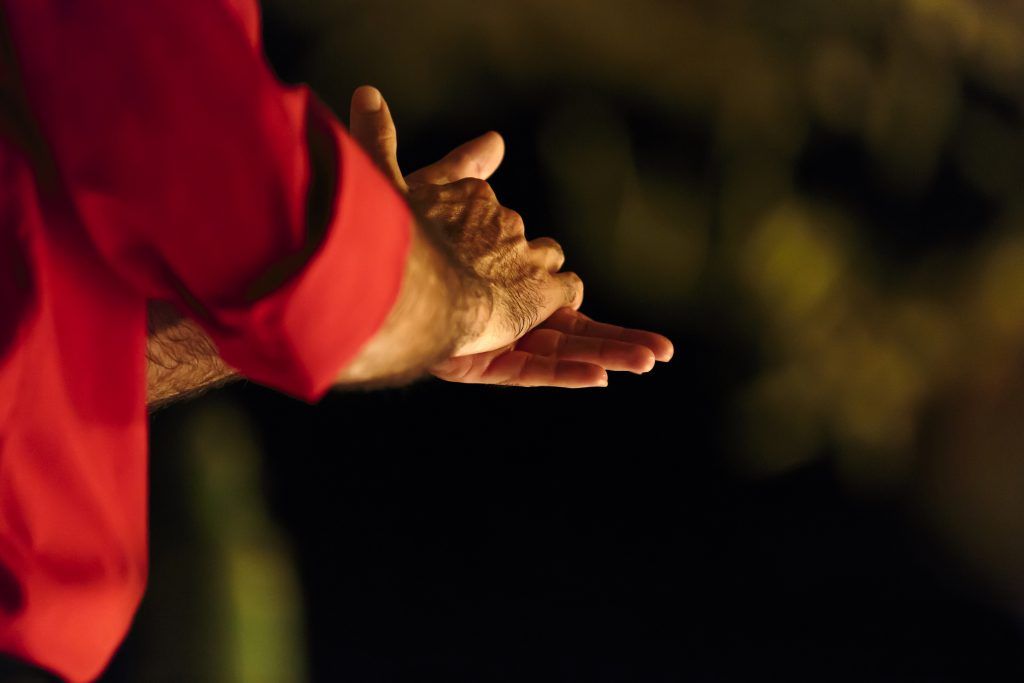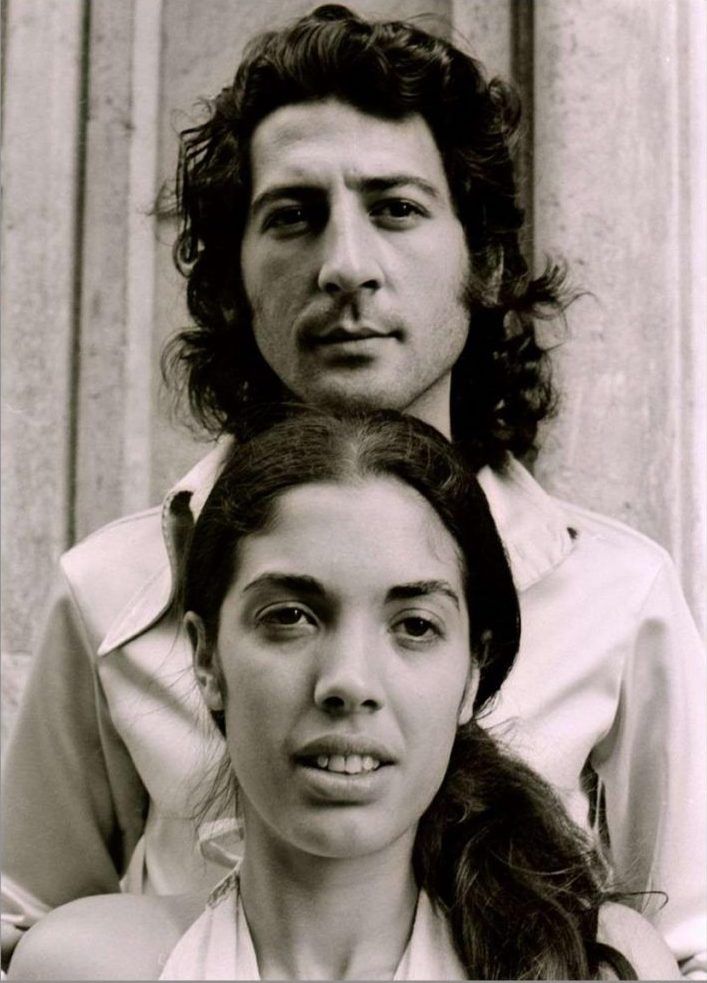

Sonidos y canciones
Flamenco songs that marked music history
In each musical genre there are artists and compositions that mark before and after in the world conception of them. These are people who, with their art, help us to understand and feel music, creating, improvising and risking.
It occurs with music from different periods and styles. But lets go to where we belong, to what moves us, Flamenco, of course.
Without detracting from the rest of musical genres, Flamenco is the most powerful music in this sense.
We notice that when you see “baile”, “toque” or “cante” Flamenco it touches your soul, no matter where you come from. We associate this statement with the reiterated feeling produced when someone completely unconnected to this discipline is moved when they see flamenco “baile”, “toque” or “cante” .
There are songs that seem to have been composed for oneself, as if the author knew us. The identification we feel when listening to certain songs is so great that sometimes it is inevitable to get excited.
Do you happen to have any of the selected?
COMO EL AGUA
The magic de Camarón, Paco de Lucía y Tomatito.
Flamenco is a universal language. It doesn’t understand about gender, age or nationality.
The King of the Gypsies made Flamenco more accessible
Lyrics: Como el agua
He cleaned the water of the river Like the morning star I was cleaning up my affection The spring of your clear fountain Oh, like water, oh, like water, oh, like water. Like clear water That comes down from the mountain That’s how I want to see you Day and night Oh, like water, oh, like water, oh, like water. I put my arm on your shoulder. Small moonshine Illuminated your eyes I want the heat from you For you my body if you want it we both have fire running us both Oh, like water, oh, like water, oh, like water. If your eyes were green olives all night I’d be grinding, grinding. Grinding, Grinding All night long I’d be grinding and grinding Grinding Grinding Light of the soul knows me That my heart lights me up My cheerful body walks, because it carries the illusion of you Oh like water, oh like water, oh like water Oh like water, oh like water, oh like water Oh like water, oh like water, oh like waterrSOY GITANO
More about José Monge Cruz (Camarón)
Flamenco has Indian rootsNone of his songs avoid our attention and emotion: La leyenda del tiempo, Gitana te quiero, Viviré or Volando voy are some of the first flamenco songs to introduce new sounds that, accompanied by this unique voice, get under our skin no matter how long time goes by. Soy gitano is the name of the first Gold record in Spain for Camarón, with more than 50,000 copies sold when it was released. Camarón recorded these tangos with the London Symphony Orchestra. A kind of hymn of joy and vindication of the culture and gypsy race. The lyrics scream and ask for moral and corporal liberation «Soy gitano» includes in its lyrics millenary expressions from Rajasthan (India). Frequent expressions in the flamenco world such as “Me parto la camisa”, the origin of it goes back to gypsy weddings, once the bride has been proved to be virgin with the handkerchief, the patriarch breaks his shirt in honour of chastity, then the rest of the men who are in the ceremony perform the same action. To them, this gesture is a symbol of pride. Another of the expressions that appear in “Soy Gitano”, and which is curious when analyzing, is that of “me tiñeron la camisa“, also referring to the proven virginity of the bride, when after performing the tradition of the handkerchief test.
Lyrics: Soy Gitano:
I can’t stand it anymore Or live like this Because I can’t , because I don’t want to, even if God willed it Because I can’t anymore, because I can’t, oh, because I can’t live without her I’m a Gipsy and I’m coming to your wedding To rip my shirt, the shirt I’m wearing I’m a Gipsy and I’m coming to your wedding To rip my shirt the one that was stained Oh, I’m retiring, from the esparto I move away, Oh, I’m telling you, I’m retiring, In the slips I regret it, for loving you so much, Oh, I’m telling you, I’m retiring, I’m a Gipsy and I’m coming to your wedding To rip my shirt, the shirt I’m wearing I’m a Gipsy and I’m coming to your wedding To rip my shirt, the shirt I’m wearing And I like the taste of the herb, the mint herb A song in soleá And a voice that is broken and calm A guitar and your eyes Oh next to the candle-light I’m a Gipsy and I’m coming to your wedding To rip my shirt, the shirt I’m wearing I’m a Gipsy and I’m coming to your wedding I like the taste of the herb, the mint herb A song in soleáFuera de mi
José el Francés, Niña Pastori y Vicente Amigo. This trio interprets in “Fuera de mi” joy, passion and purity resulting, this marvel of song that narrates a sad story invaded by jealousy and the first heartbreak suffered. And that in turn, tints the atmosphere of joy and restlessness.
Niña Pastori's voice has unmistakable harmonic abilities and is both sweet and wild, a gift from nature.Any Niña Pastori theme is worthy of being included in this list: Dime quien soy yo, A la orilla de mi pelo or the biggest bulerías Estoy aprendiendo a vivir, are some of her masterpieces. But we have chosen the song she performs with José el Francés and one of the best guitarists in the history of Flamenco, Vicente Amigo. A perfect song, don’t you think? And, what can we say about Vicente Amigo? This Sevillian raised in Cordoba is known worldwide as one of the best guitarists in the history of flamenco. He has composed inspired by great poets, accompanied by the greatest international artists and has driven his art left and right. Thanks to the marked beats, the excellent combination of voice and toque by these three flamenco virtuous artists make “Fuera de mi” an exciting and catchy song.
Lyrics: Fuera de mi
You come repenting, you come asking for forgiveness, saying that you love me, I’ve been your first love. I no longer want your lips because others have kissed it, and the love I had for you with sadness I’ve forgotten. Outside of me, I don’t want your love anymore, I’ve erased you from my mind, I don’t want to kiss your lips anymore. Outside of me, I don’t want your love anymore, I’ve erased you from my mind, I don’t want to kiss your lips anymore. You are part of my life and I carried you in my heart, I gave you all my wealth and you paid me in pain. Your veins do not run blood and no feelings in your heart, and now you live suffering like i have suffered. Outside of me, I don’t want your love anymore, I’ve erased you from my mind, I don’t want to kiss your lips anymore. Outside of me, I don’t want your love anymore, I’ve erased you from my mind, I don’t want to kiss your lips anymore. After a long time wants again my caresses, lives in the past and is out of my life. I no longer want your lips because others have kissed them, and the love I had for you with sadness I’ve forgotten. outside of me, I don’t want your love anymore, I’ve erased you from my mind, I don’t want to kiss your lips anymore. Outside of me, I don’t want your love anymore, of my mind (of my mind) I have erased you, (I have erased you) I don’t want to kiss your lips anymore.Lío
José Mercé, referent of Flamenco
A bulería that excites half the worldThe song we have chosen is a bulería, from one of his three platinum albums, Lío. It was born in 2002 and leaves us all speechless. A lyrics that motivates body and mind, it speaks to us about the passion and uncontrollable desire that emerges from the love between two people. Full of compliments and confessions dressed up as comparisons of light and assured hope.
Lyrics: Lío
You are the joy, cousin of my room You are, my life, my meditation tea How pretty you are You’re my mess, my mantalia, mess, mess. You are the joy, cousin of my room You are, my life, my meditation tea How pretty you are That’s why neither borders, murals, or ceilings busted blouse, undressed night and how pretty you are It’ll be the day depending on how you look at me, it will be that the sun does not out of tune because the light if it’s not from you To me, to me it doesn’t dawn Those lights. Key you are the key back and a half the moon is the one that opens , the media, the one that closes You’re the key back and a half. You’re my mess, my mantalia, mess, mess. You are the joy, cousin of my room You are, my life, my meditation tea How pretty you are You’re my mess, my mantalia, mess, mess. I stop at the lost good of the loser street Happiness places full of loneliness If I went to the river I didn’t went to the water If I went to the river I didn’t went to the water Let’s go. Come on, let’s go. Let’s go. that the sun comes and bells are ringing. You call You call me You call me You are the joy, cousin of my room You are, my life, my meditation tea How pretty you are You’re my mess, my mantalia, mess, mess. You are the joy, cousin of my room You’re my mess, my mantalia, mess, mess.Todo es de color
Lole y Manué
The same theme and different lyrics.
Triana’s version is less than three minutes long, introduces real sounds of nature and ends with the voices of a religious choir. A transgressive bet, which curiously did not have the success obtained by other songs from the same album such as Abre la puerta, En el lago or Sé de un lugar. Todo es de color by Lole and Manué, it’s quite different. They claimed in their speech that the main intention of their music was to show the happy face of flamenco, the experiences and real colours that make up the essence of the Andalusian people.From Sevilla, revolutionaries and brave when exploring artistic creationAnd they got it. In his music we can approach the revelry and joy of the white houses of Andalusia, with pots on the balconies and chairs at the doors. It is entertaining to discover these resonances through the quejíos and compliments of a voice as purely flamenco as Lole's, accompanied by her husband's guitar, under the premise of lyrics that are authentic poems
Lyrics: Todo es de color
Everyone tells their sorrows asking for understanding who tells his joys doesn’t understand the one who suffered Lord of infinite spaces you who have peace in your hands Spill it, Lord, I beg you. and teach them to love my brothers Of what happens in the world For God’s sake, I don’t understand anything. the thistle always screaming and the flower always shuts up. Let the flower shout and let the thistle be silent and whoever is my enemy, be my brother Let’s go that way. to see what light we find that light that is on the earth and that we men put out Lord of infinite spaces you who have peace in your hands Spill it, Lord, I beg you. and teach them to love my brothers And show them the beauty of life and to be consolation in all wounds and love with white love all the earth and always seek peace, Lord and hate war And in that garden they have come in. four men has porphyry and without compassion they’ve taken away the rose I wanted and then they’ve despised her. And who can prove to me that Christ was not a Gypsy or that he couldn’t sing The flowers on your balcony They cry for seeing you. I know.Let’s take care of flamenco with the affection and love with which we have done it until now. This is the only way to keep it alive.

